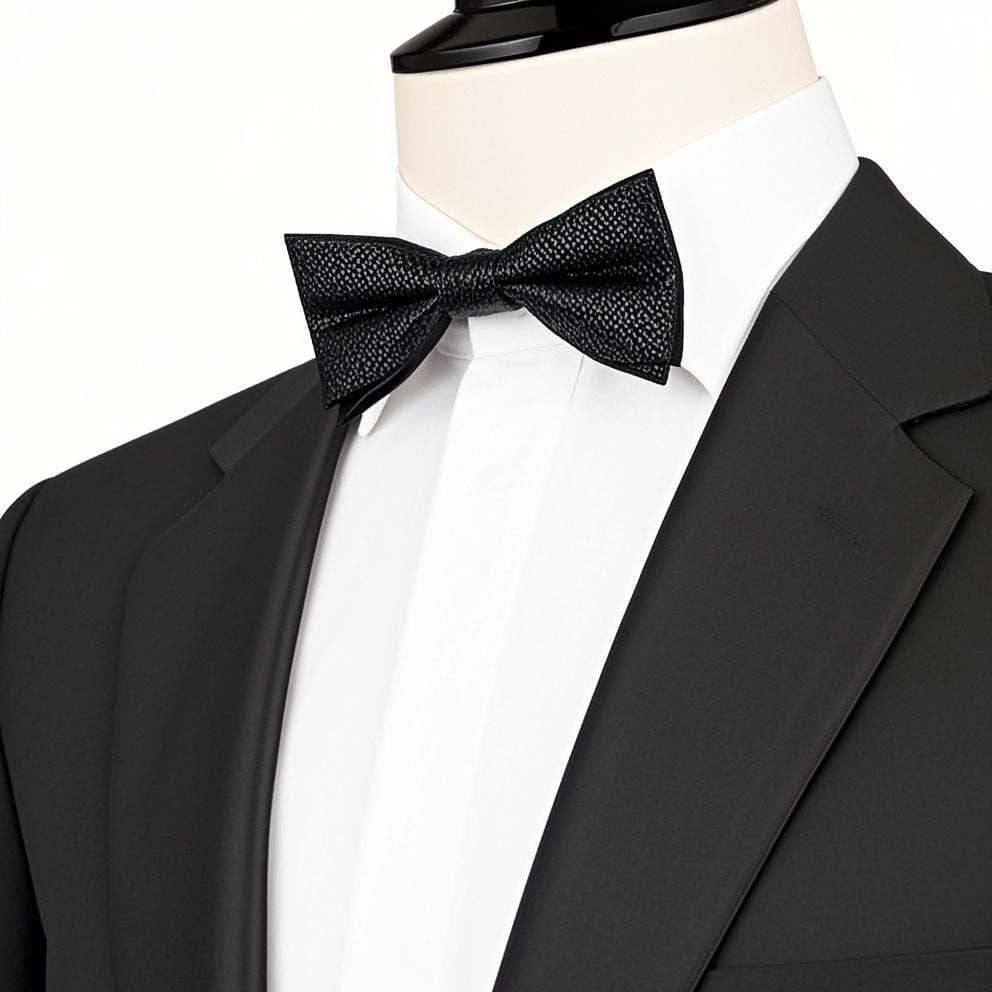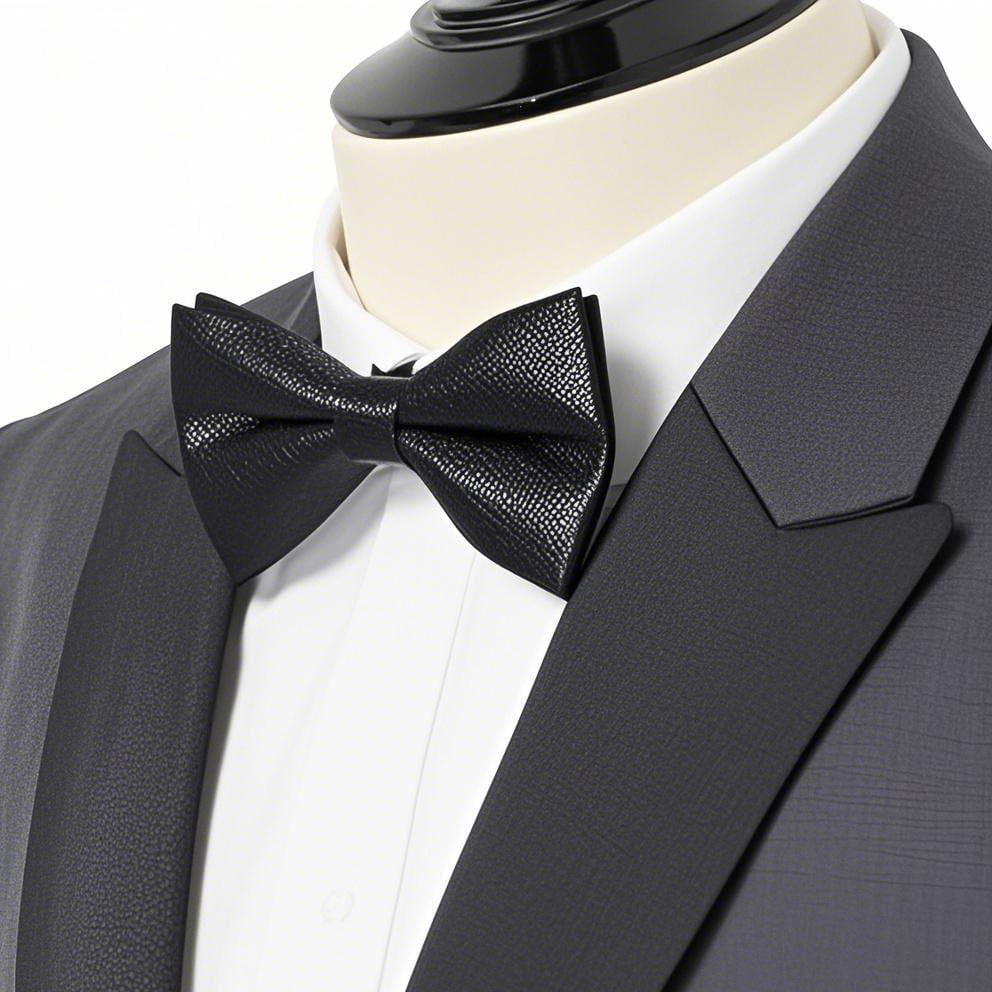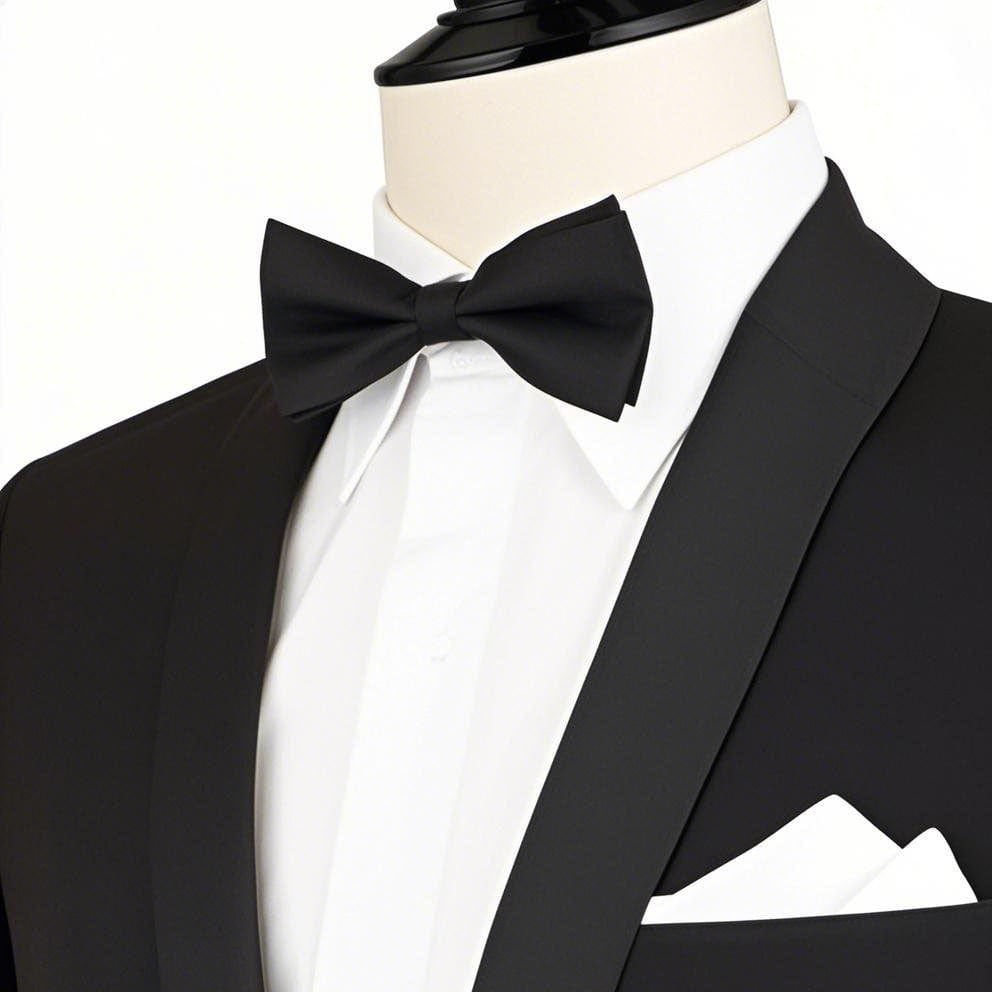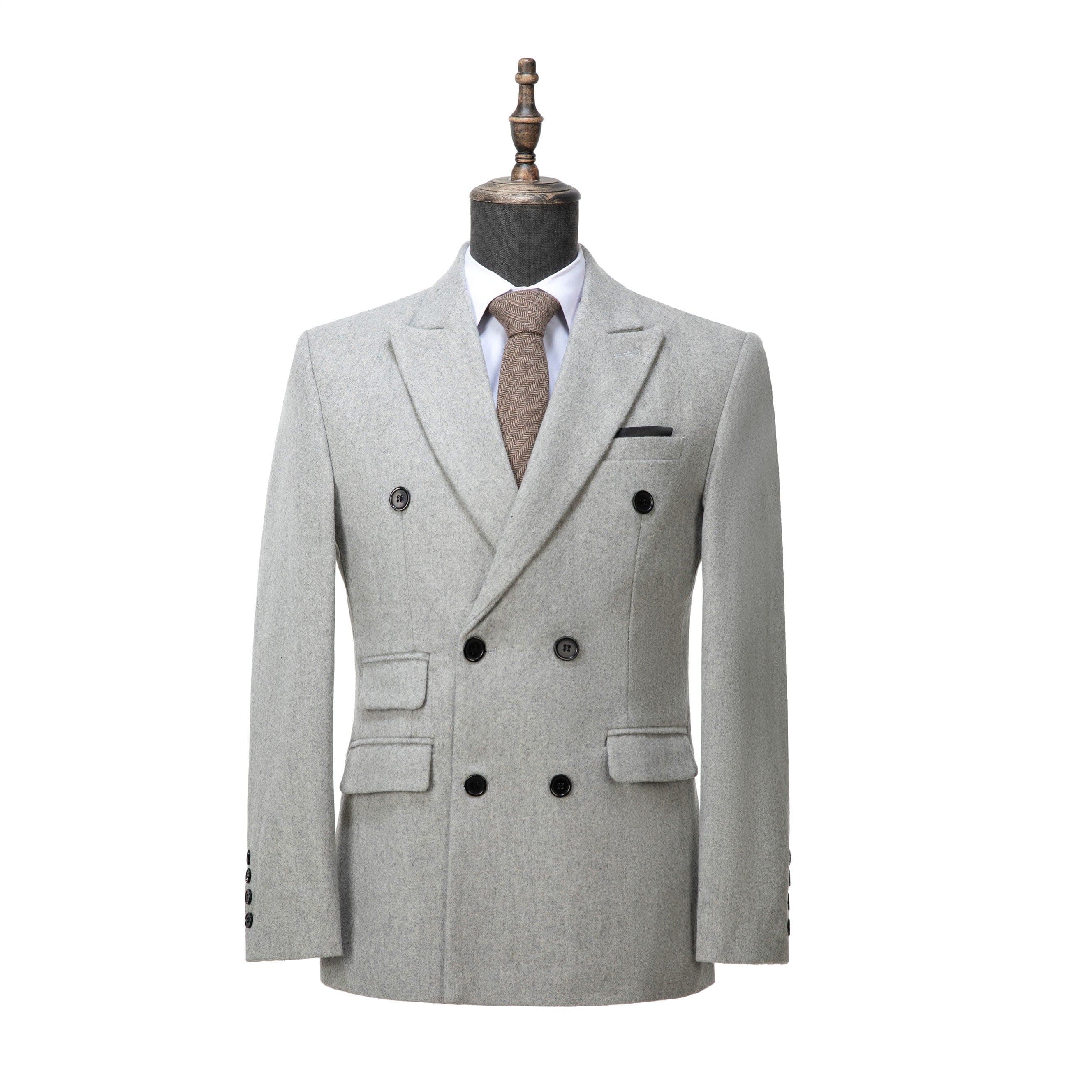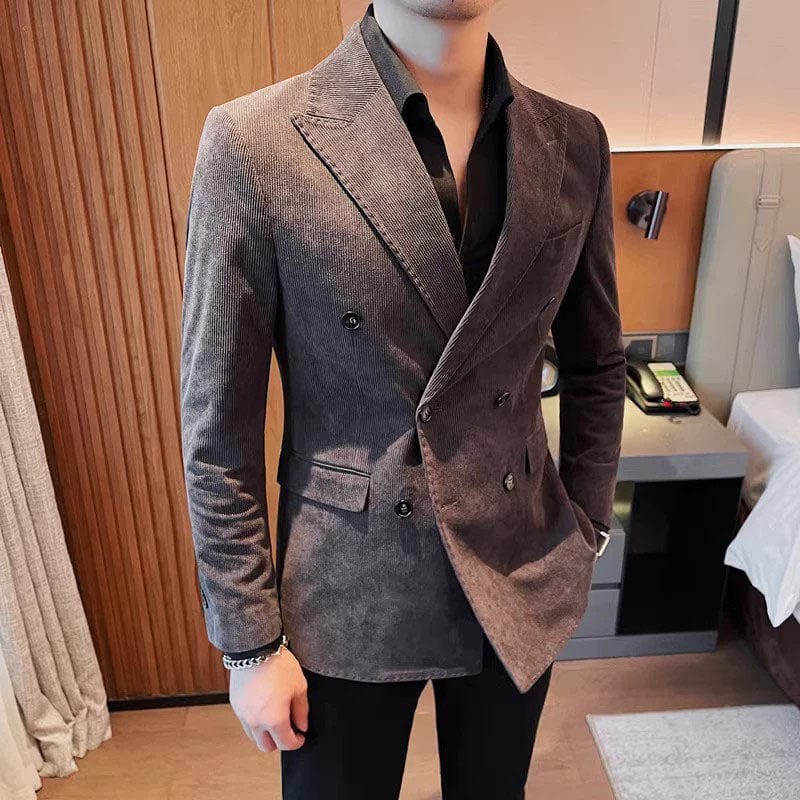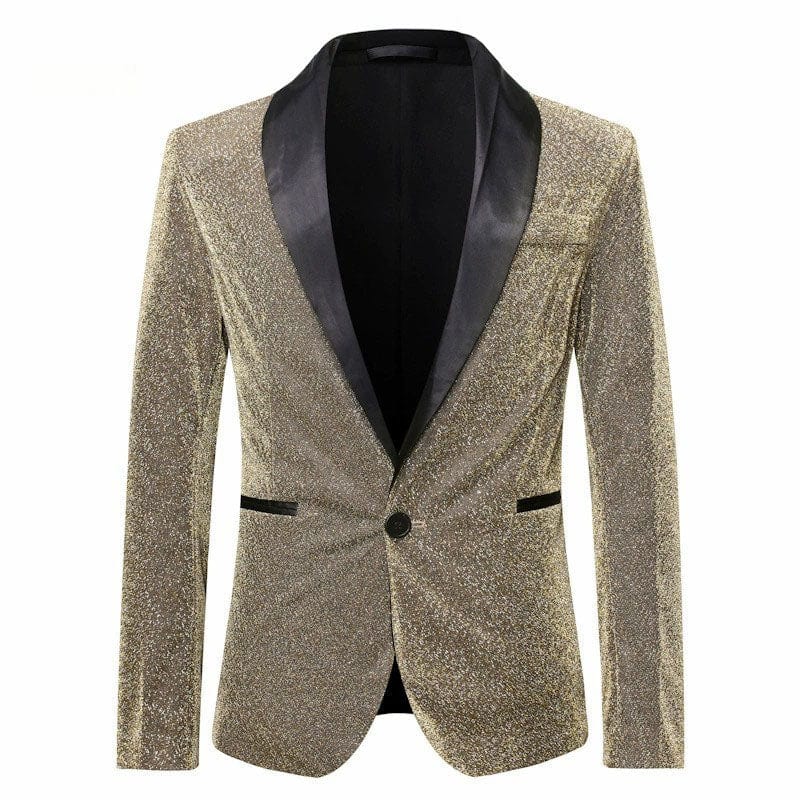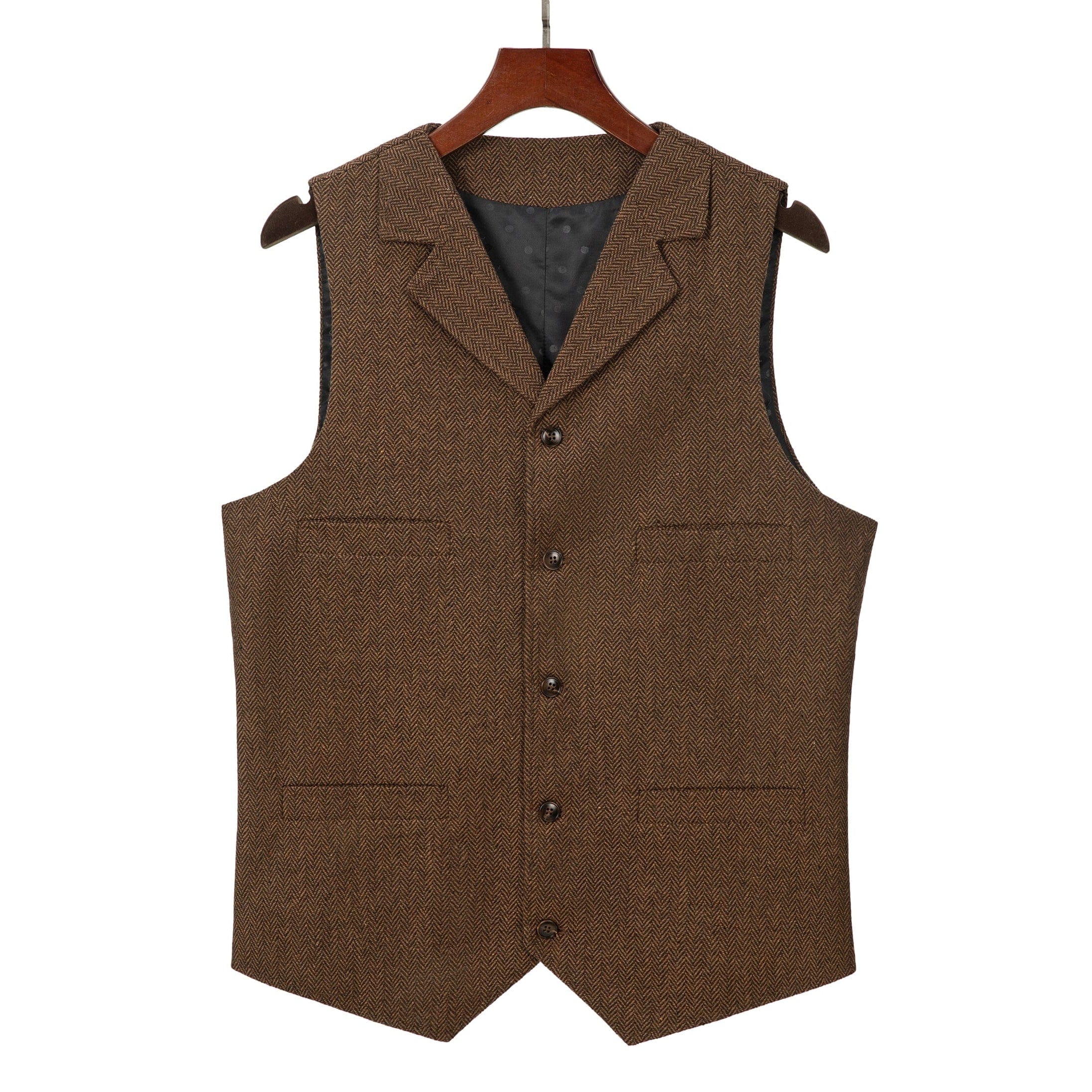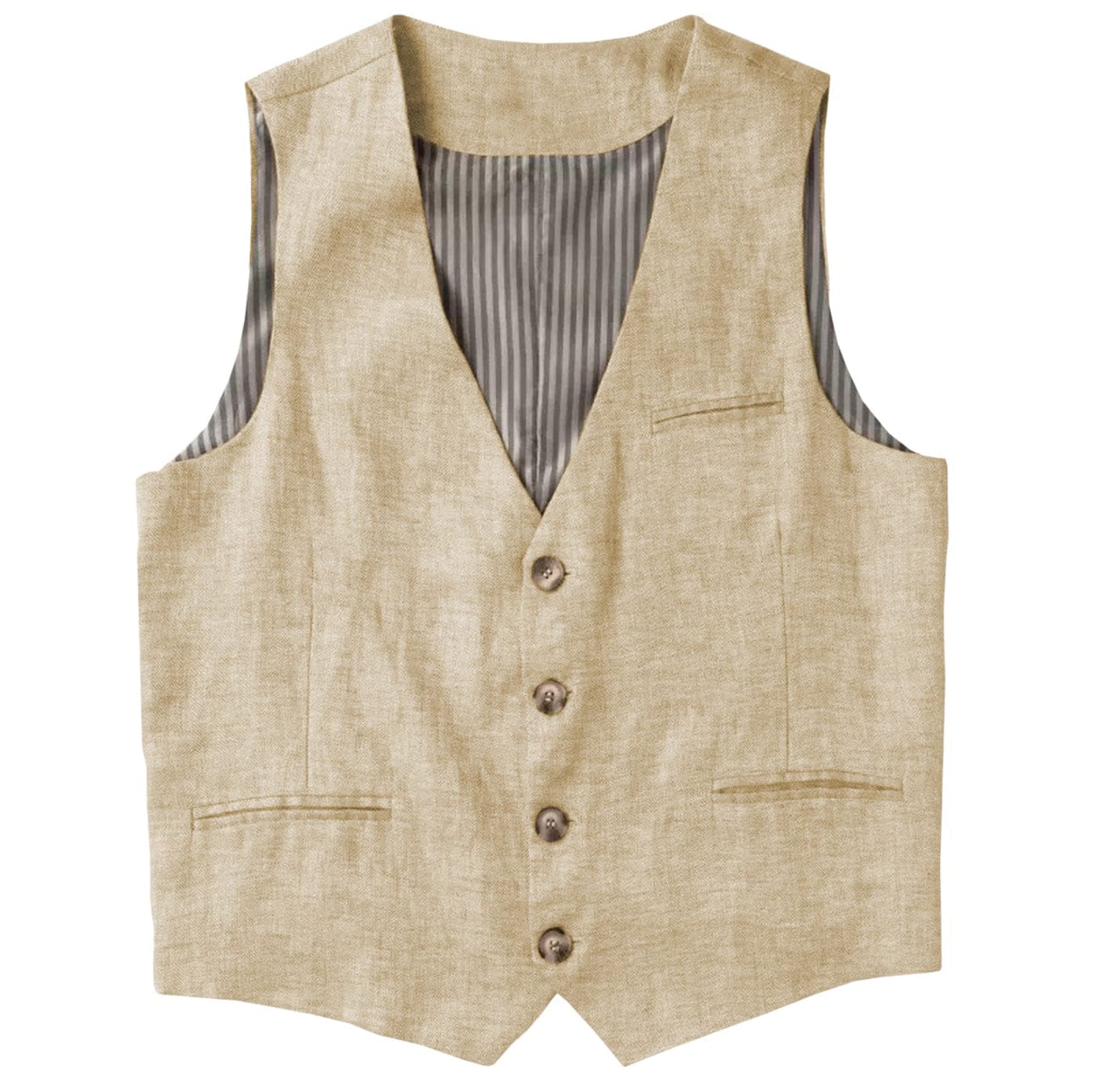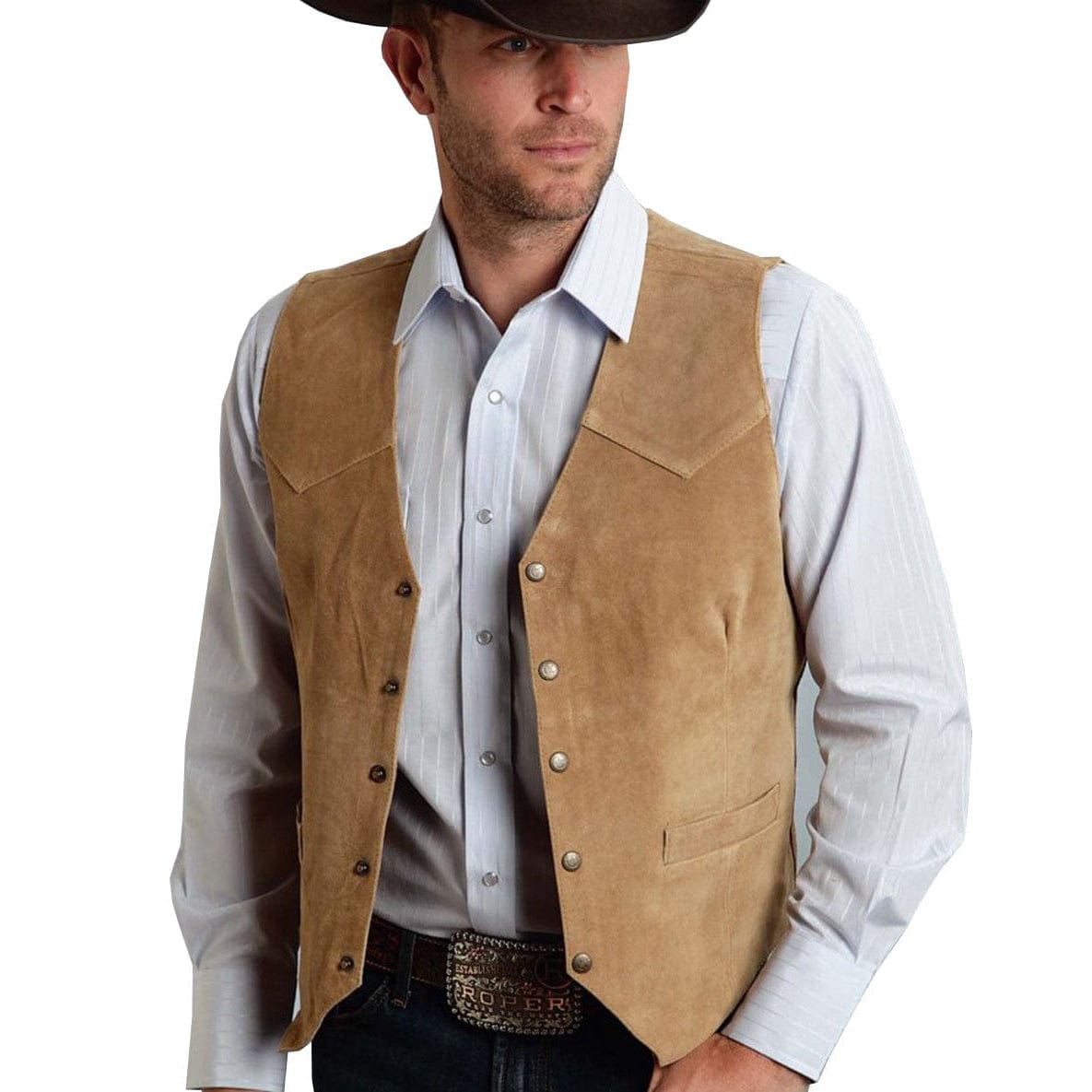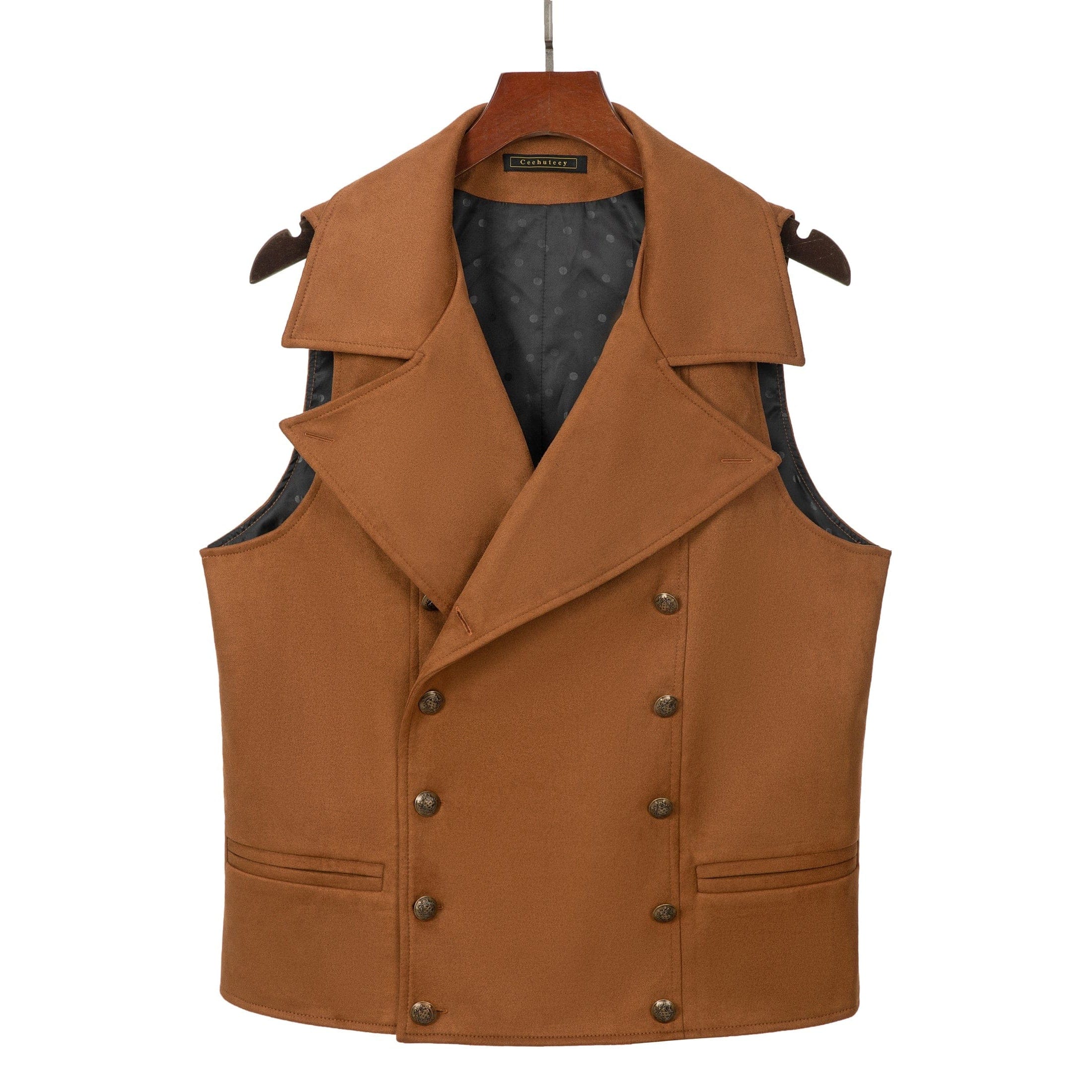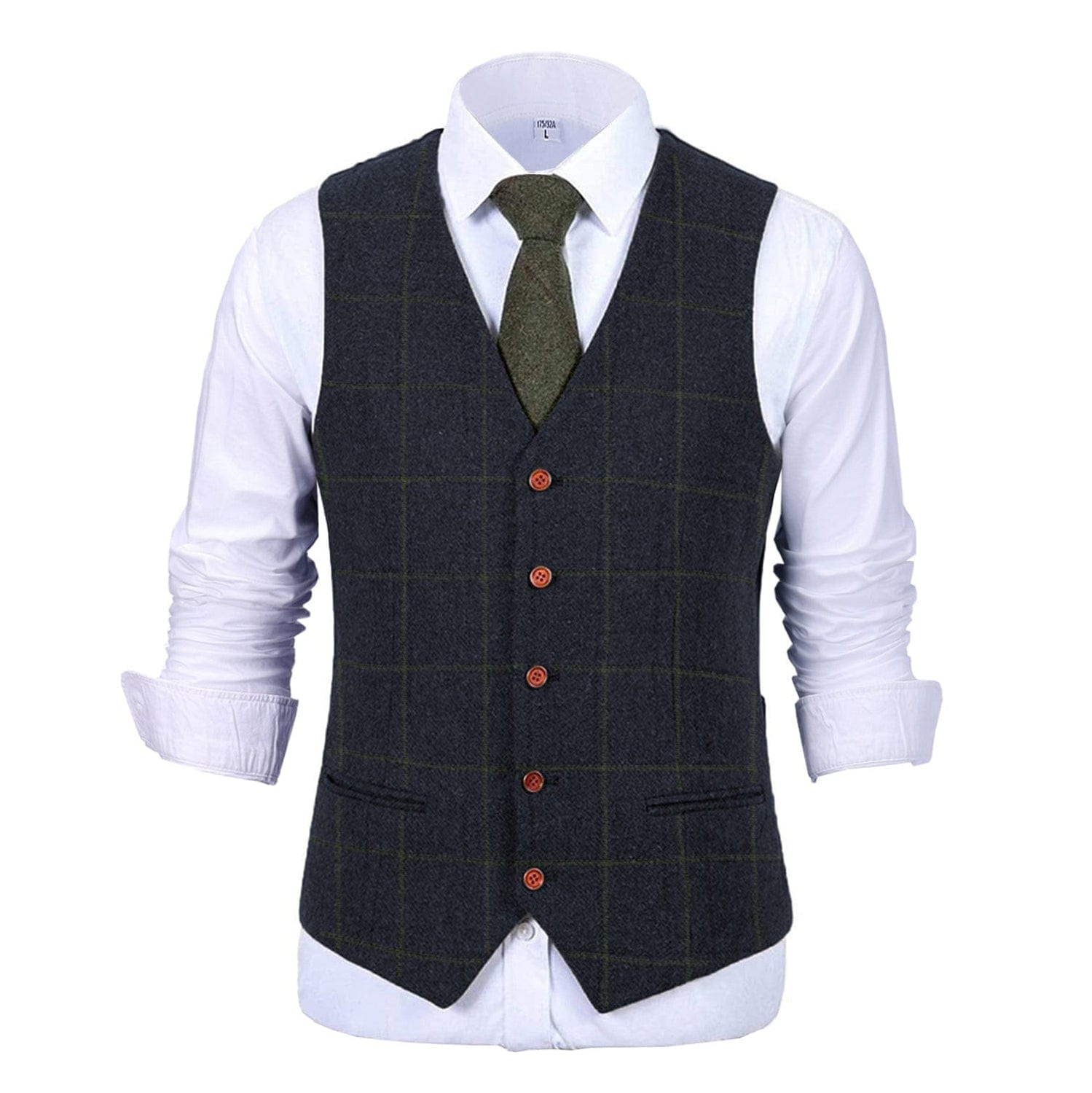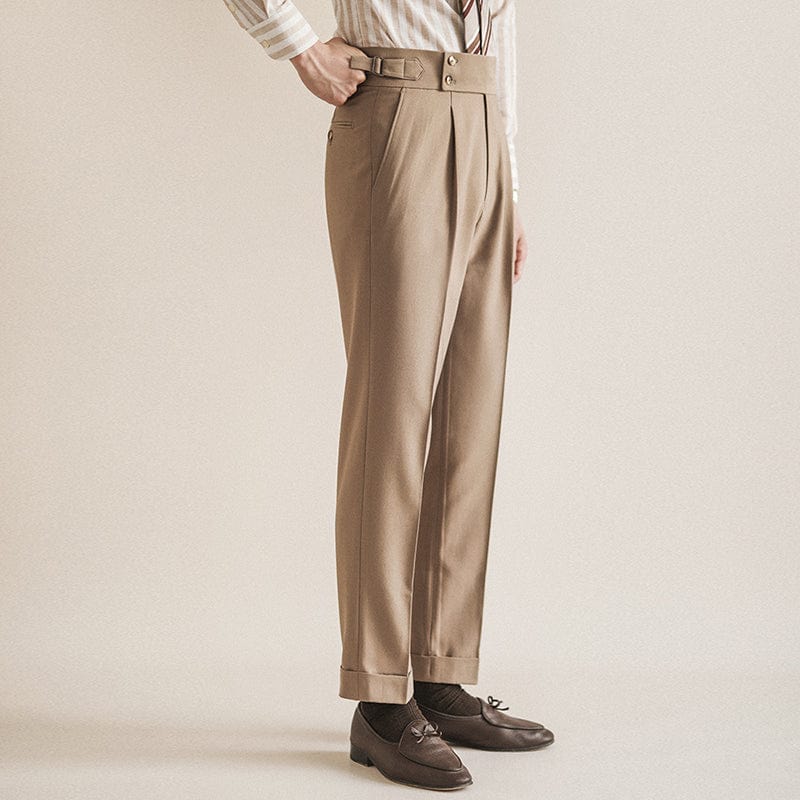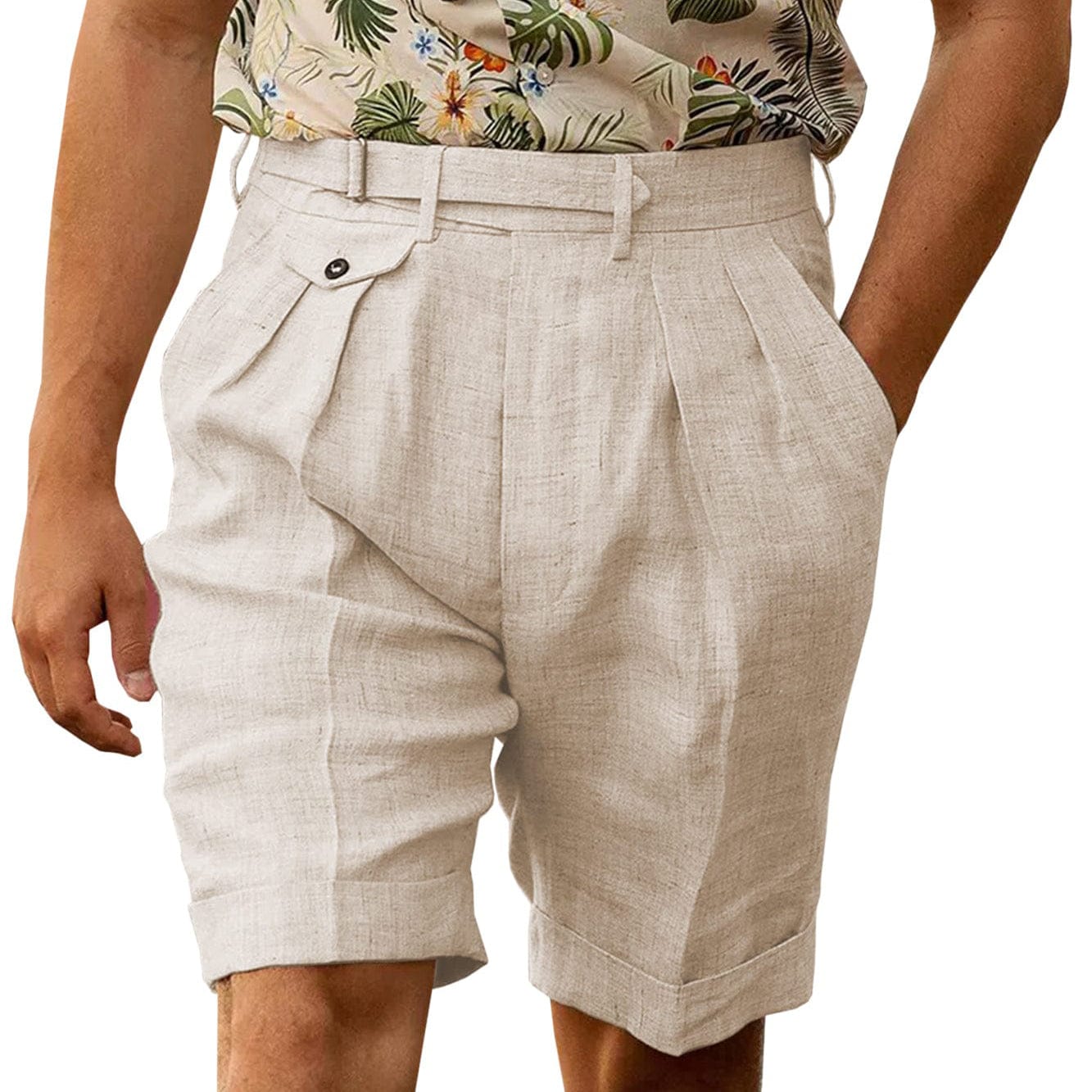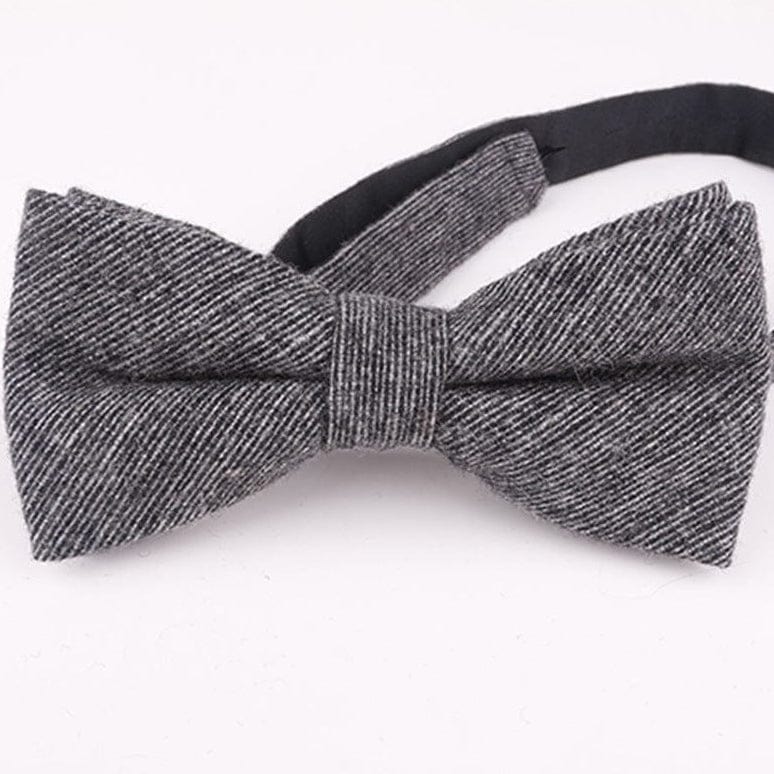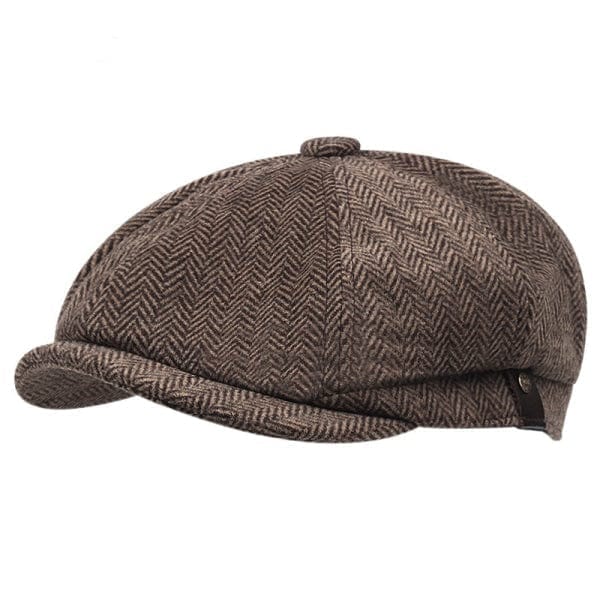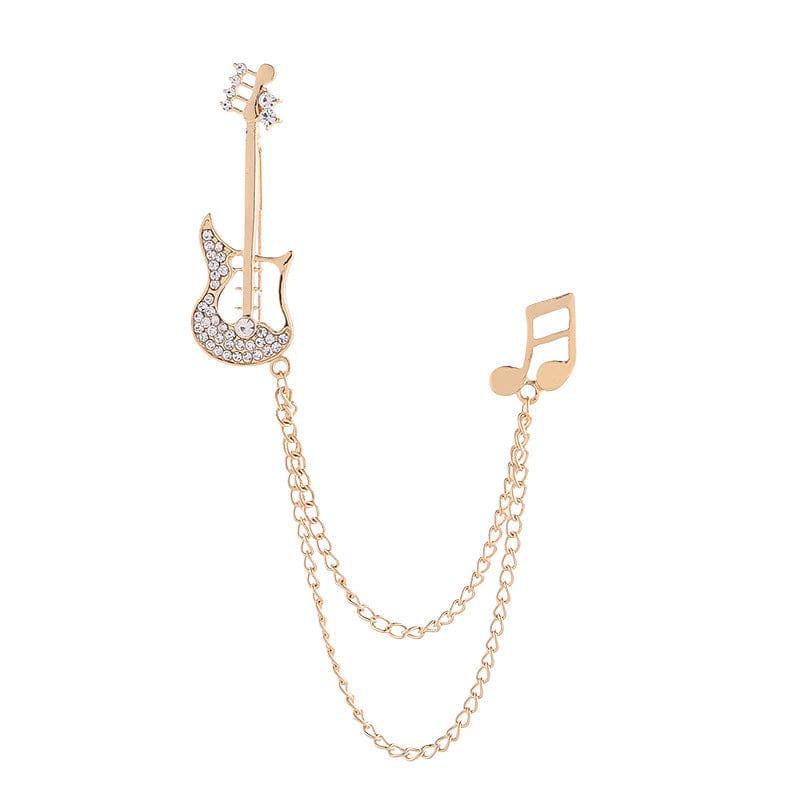Overview
This guide covers everything you need to know about understanding men's suit sizes, including key measurements, suit styles (single vs. double breasted, two-piece vs. three-piece), how to use sizing charts, tailoring tips for a perfect fit, and shopping advice. Get ready to find your ideal suit and elevate your style for any occasion!
Frequently Asked Questions
1. What are the key measurements for men's suit sizes?
2. How do I determine my suit size using a sizing chart?
3. What is the difference between single breasted and double breasted suits?
4. What are the different lengths available for men's suits?
5. What should I consider when tailoring my suit?
When it comes to dressing sharply, understanding men’s suit sizes is essential for a perfect fit. Whether you’re in the market for a formal suit for men, a stylish men's 3 piece suit, or even some cheap suits for that budget-friendly option, knowing how to navigate sizing can make all the difference. This comprehensive guide will walk you through everything you need to know about men’s suit sizes and how to use sizing charts effectively. Let’s dive into the world of men’s suits!
Understanding Suit Sizes
When you are shopping for mens suits, you will come across sizes that look different from regular clothing. Suit sizes generally consist of two numbers, which indicate the chest size and the length. For example, a suit size of 40R refers to a 40-inch chest and Regular length. Here’s a breakdown:
Chest Size
Chest size is the most crucial measurement when selecting a suit. It’s measured around the widest part of the chest, ensuring that you have enough room for comfort while still looking sharp. In general:
- Measure under your arms and across your back.
- Ensure the measuring tape is snug but not too tight.
A suit's chest size usually ranges from 34 inches up to 60 inches or more, accommodating various body types.
Suit Lengths Explained
The second number in a suit size signifies the length. Here are the common designations:
- Short (S): Ideally for men who are 5’5” to 5’7” tall.
- Regular (R): For those standing between 5’8” to 6’0”.
- Long (L): Suitable for men over 6’1”.
Choosing the right length can greatly impact the overall look of your mens dress suits, ensuring a polished and tailored fit.
What About Different Styles of Suits?
Suits come in various styles, and understanding these can help you pick the best fit for your needs. Here's a quick overview of common styles:
Single Breasted vs. Double Breasted
Most mens suits are either single breasted or double breasted. A single breasted suit has one row of buttons and is generally more versatile, while the double breasted option features overlapping front flaps and two rows of buttons, offering a more formal appearance. When choosing, consider your body type and the occasion:
- Single Breasted: Suitable for both casual and formal settings.
- Double Breasted: Best for formal occasions, such as weddings or evening events.
Two-Piece vs. Three-Piece Suits
Another important distinction is whether you opt for a two-piece suit or a mens 3 piece suit. A two-piece consists of a jacket and trousers, while a three-piece adds a waistcoat. Here’s how they differ:
- Two-Piece Suits: Great for business and semi-formal events.
- Three-Piece Suits: Offers an extra layer of sophistication and warmth; ideal for colder weather or formal affairs.
Using a Sizing Chart
A sizing chart is an invaluable tool when it comes to finding the right fit for your formal suits for men. Here’s how to effectively use one:
Measurements to Take
To use the sizing chart, begin by taking essential measurements:
- Chest: As discussed, measure around the fullest part of your chest.
- Waist: Measure around your natural waistline, just above your hips.
- Inseam: Measure from the top of your thigh to your ankle for a proper trouser fit.
- Shoulder Width: Measure across the back of your shoulders from one shoulder seam to the other.
Once you have these measurements, compare them against the sizing chart to determine your suit size. Each brand may have slight variations, so it’s best to refer to the specific chart provided by the manufacturer.
Tips for Fitting Your Suit Perfectly
Even with the correct size, a suit may need some alterations for that impeccable fit. Here are a few tips for getting your suit tailored to perfection:
Sheath and Length Adjustments
One common area needing adjustment in mens dress suits is the sleeves and pants. A good standard rule is:
- The sleeve should allow about a quarter to half an inch of shirt cuff to show.
- Pants should lightly touch the top of your shoes without excessive bunching.
Waist Adjustments
If your pants feel too tight or loose around the waist, it is worth getting them tailored. Simply adjust the waistband to where it feels comfortable while still fitting securely.
Consider the Fabric
The type of fabric can impact the overall fit. Stretchable materials can provide extra comfort but may not hold their form over time. Traditional wool suits maintain structure and are ideal for a professional appearance. Depending on the occasion, you may choose different fabrics to suit your needs.
Shopping for Your Next Suit
When shopping for mens suits, the following tips can help you snag the best deal:
Know Your Budget
Before shopping, set a budget. While you may want a high-quality suit, there are plenty of options for cheap suits that don’t skimp on style and comfort. Keep an eye out for seasonal sales, as many retailers offer discounts on formal suits for men during holidays and end-of-season promotions.
Read Reviews and Look for Returns Policies
Always check online reviews before making a purchase. This will help you understand how the suit fits on various body types. Additionally, check the retailer’s return policy in case the suit does not meet your expectations.
Try On Before You Buy
If possible, try on different styles and sizes before making a decision. Every brand has subtle variations in sizing, and understanding how each suit feels while wearing it can make a huge difference.
The Right Accessories Can Elevate Your Look
Don’t forget that the right accessories can make your suit stand out even more. Items to consider include:
- Ties and Bow Ties: Colors and patterns can express your personality.
- Dress Shoes: Ensure they complement your suit color and style.
- Belts: Match your belt with your shoes for a cohesive look.
Your Perfect Suit Awaits!
Navigating men’s suit sizes can seem complex at first, but with the right measurements and knowledge, you can find the perfect fit that enhances your style. Whether you opt for a classic mens 3 piece suit or choose sleek and modern mens dress suits, understanding your size will not only save you time but also enhances your overall appearance. With this guide in hand, you’re now ready to rock any formal occasion with confidence! Shop smart, wear your suit well, and stand out!

